PhotopillsThe blue hour is one of the most amazing hour of a day for a photographer. The light and the atmosphere are unique and you can create stunning photographs. It might take a little bit of trial and error but with this blue hour photography guide, you will enhance the quality of your shots immediately.
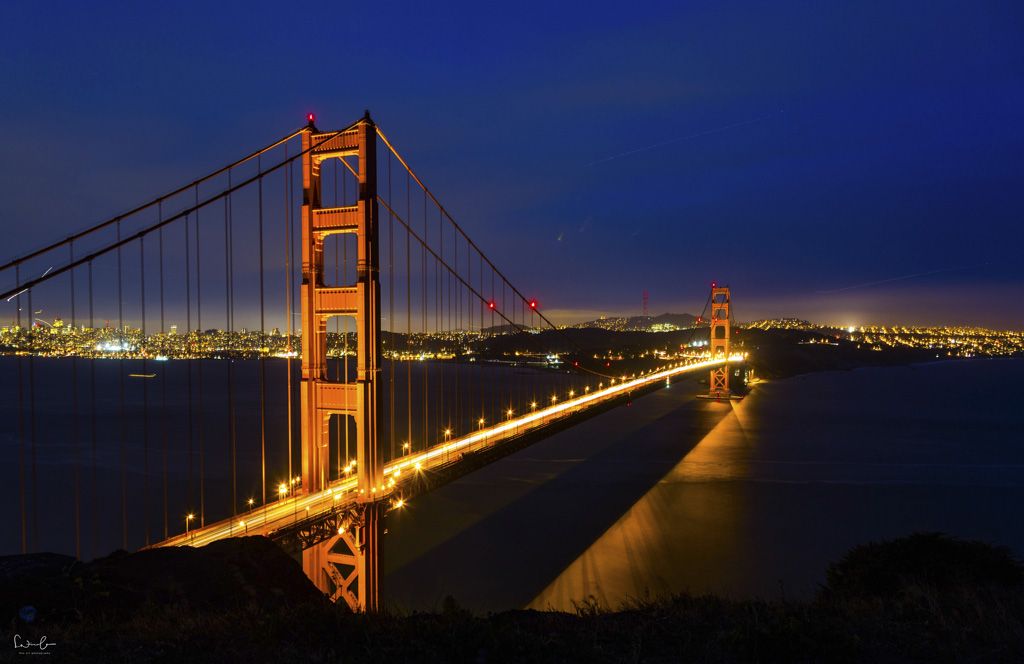
What is the blue hour?
It describes the time in the morning before the sun rises and the time in the evening after the sun has set. Due to the angle of the sun, the sky gets this beautiful intense blue color.
When is the blue hour?
The good thing is, it’s twice a day and the one in the evening is, to my experience, slightly more beautiful than the one in the morning. But maybe this is my conscience only telling me because I am not a morning person and I’m just not very good at getting up early. The lengths and time depend on the location and season. If you’re located close to the equator, your window is shorter. In St. Petersburg in Russia, the blue hour can last up to five hours in June.
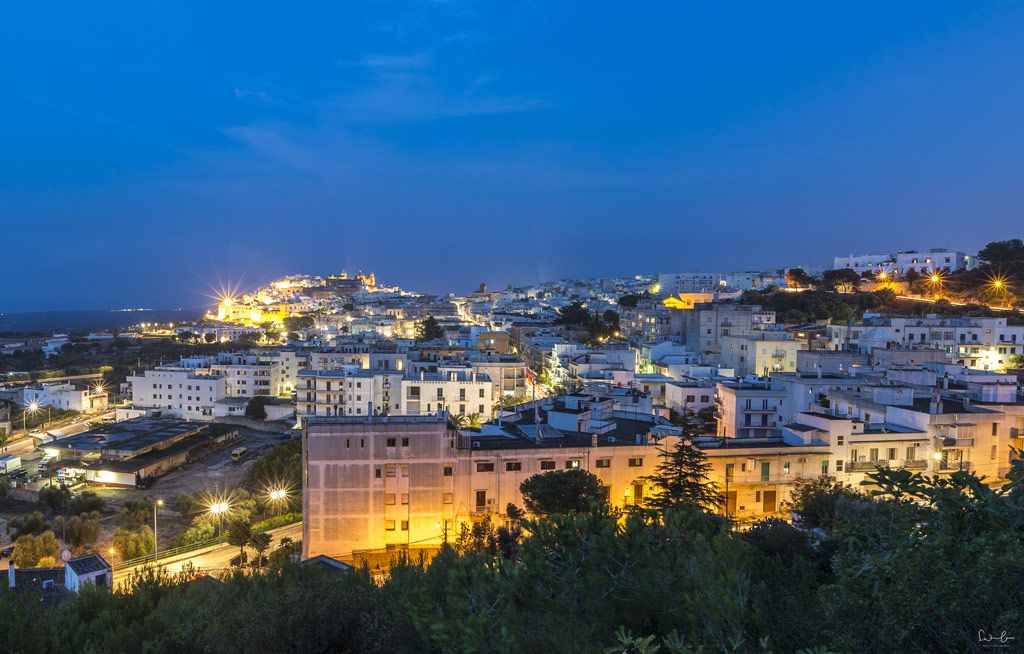
How to choose a location to shoot?
There are certain locations which are just perfect for this time of the day. Some are not very spectacular at daylight but really stand out when the sky has this amazing blue color and the tones are cool and blueish. Here’s some inspiration for spots which always work for blue hour photographs:
Cityscapes
The rich blue of the sky and the lights of a city are a good match when it comes to blue hour photography. The shining sky makes the artificial lights glow even more intense and skyline shots are the best during this time of the day. Even better if you find a higher spot from where you can shoot the city.
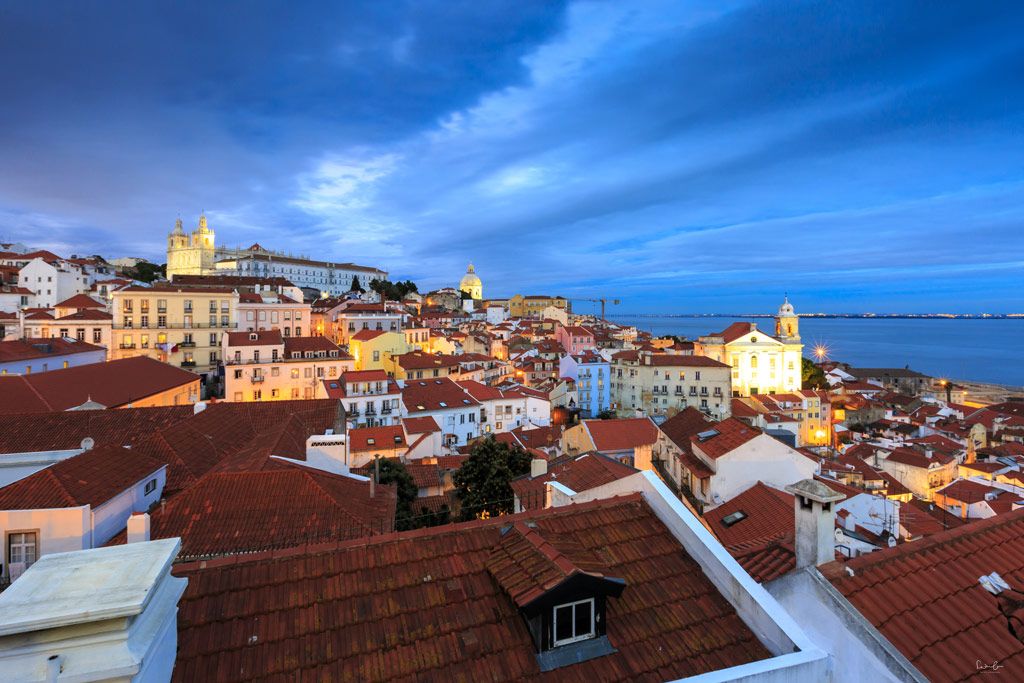
Water
Blue sky and lights show a beautiful reflection in the water. Find a spot where you’ve got both: water and lights. It can be a city by a river or the sea with an interesting lit bridge or the harbour. Seascapes with rock formations are perfect photo locations for the blue hour, too.
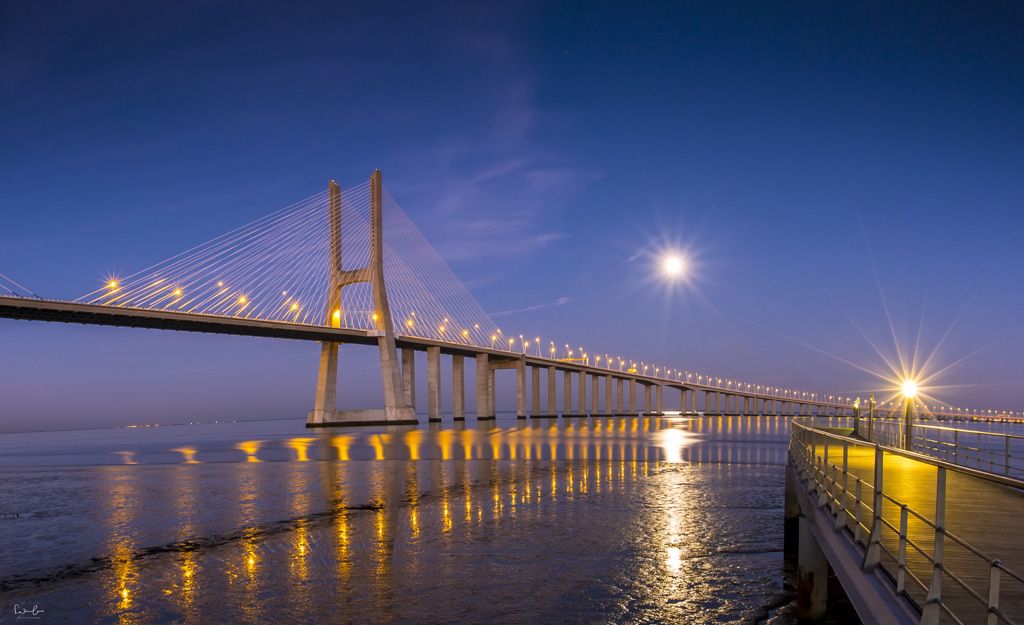
Architecture
An impressive building that is beautifully lit is even more impressive with a blue sky in the background. It can be a modern building or a stunning historical one with wonderful details. Light trails from cars, buses or trams add a great dynamic to a static architectural shot.
Whenever you shoot during blue hour, make sure to have enough blue sky in the frame of your photo. He’s the most important supporting actor.
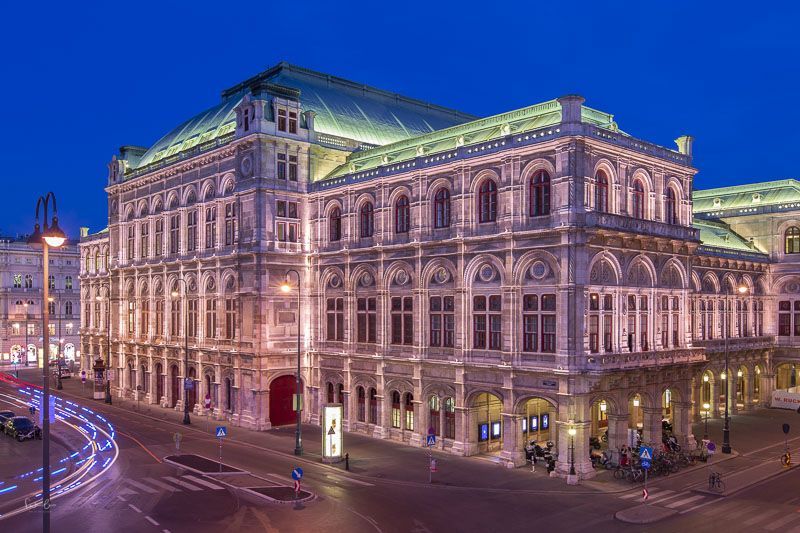
Which camera settings?
The first decision you have to make is whether you shoot in RAW format or Jpeg. I strongly recommend choosing RAW in order to experiment with the white balance setting on the computer. If you choose Jpeg, you should try different settings of the white balance. With the automatic white balance setting your camera calculates an average due to the mix of artificial light and natural light and this might not be adequate for the scenery. Turn the setting to tungsten light the photo might become too cool. Try the different settings on your camera and see which one works best. You don’t have to deal with this issue when shooting in RAW.
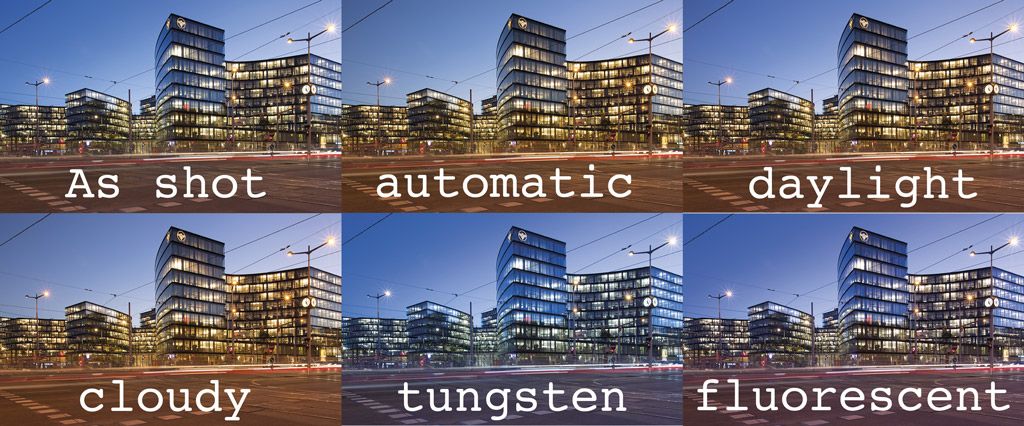
The aperture setting will be between f/8 and f/11 because you will want to create an image with depth of field assuming you shoot one of the sceneries I described above. Depending on which ISO setting you are choosing, the shutter speed might be too long for freehand shots (1/50 max). Let’s assume you have a tripod, then go for a low ISO of 100 and you can deal with long shutter speeds and create great effects. If you don’t have a tripod or a position where you can place the camera steadily, set the ISO on automatic and if your camera has the option, set a maximum ISO. Some cameras can deal with high ISO and the noise doesn’t get too bad. Some cameras, however, already show strong noise with an ISO of 1600. The lower the ISO, the better the quality of your photo.
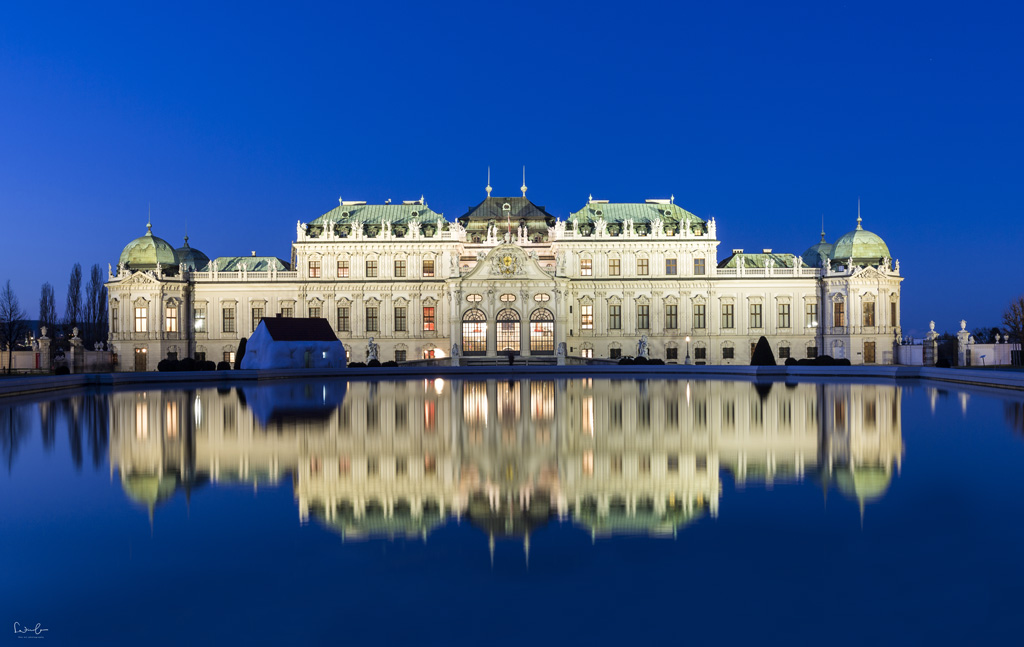
Useful tips for blue hour photoshoots:
- Use a blue hour calculator to find out when it starts and ends. You can choose between online sites such as Jekophoto or apps like Sun Surveyor Lite, Photopills or Helios Magic Hour Calculator. These apps are available as free and pro versions.
- The period of the blue hour can be very short, depending on your location and the season. Make sure to be at your spot before it starts and try different angles and positions. If you shoot in Jpeg, you will need to try different white balance settings. Think about shooting in RAW in order to save time…
- Make sure the aperture is correctly chosen according to your scenery. In order to get more depth of field, you need to choose a smaller aperture.
- A smaller aperture creates the starry effect of lights.
- When using a tripod, switch off the image stabilizer on your lens and use a remote control or the self-timer in order to avoid camera shake.
- Show enough blue sky in your photo.
- To get great light trails effect, the shutter speed needs to be between 8 and 20 seconds.
Have you tried shooting in the blue hour? Did you find my blue hour photography guide useful? I’m curious to hear about your experiences and I would love to see some of your shots. If you would like to join me on a blue hour photo walk in Vienna, drop me a message.
